Early Qing Dynasty Blue-and-White Plate | Crane and Eight Treasures Pattern | Traditionally Hand-Painted Blue-and-White Porcelain
[Product Overview]
This is an early Qing Dynasty blue-and-white plate crafted using traditional blue-and-white porcelain techniques. The main decoration on the plate features cranes and the Eight Treasures pattern, with geometric patterns adorning the edge. The overall style is elegant and dignified, embodying the classic aesthetics and cultural connotations of early Qing Dynasty blue-and-white porcelain. The porcelain is fine and delicate, with a gentle and smooth glaze. The blue-and-white pigment has a rich, vivid, and stable color, and the painting is smooth and detailed. It serves as a tangible witness for studying the early Qing Dynasty ceramic art and folk culture, and is also suitable for collection as an Oriental antique or for display in cultural spaces.
[Craft Features]
-
Body and Glaze Texture: High-quality porcelain clay is used, resulting in a solid and fine body. The glaze exhibits the typical characteristics of the “bright blue glaze” of the early Qing Dynasty, with a tinge of blue in the white, being moist, translucent, and enduringly appealing.
-
Blue-and-White Craft: The traditional underglaze color technique is employed, using cobalt oxide to paint the patterns, which are then fired in a kiln at high temperature in one go. The blue-and-white colors have distinct gradations, with strong and well – defined lines and natural smudging, showcasing the mature blue-and-white painting skills of that time.
-
Shape Design: The plate has a regular shape, with a round and smooth rim, a shallow belly, and a flat bottom. The proportions of the body are well – coordinated, combining both practicality and aesthetics, reflecting the steady craftsmanship level of private or local kilns in the early Qing Dynasty.
[Pattern Meanings]
-
Crane Pattern: Multiple cranes are painted in the center of the plate, some spreading their wings in flight and others stretching their necks to sing, with vivid postures. The crane is a traditional auspicious bird in China, symbolizing longevity, good fortune, and elegance. It is commonly seen in court and folk handicrafts throughout the dynasties, implying “longevity as a crane” and “the crane’s cry resounding from the marsh”.
-
Eight Treasures Pattern: The traditional Eight Auspicious Symbols (abbreviated as the “Eight Treasures”) are dotted among the cranes. The patterns are exquisitely designed and complement the cranes. The Eight Treasures pattern originated from Buddhist culture, representing good fortune, wisdom, and perfection, embodying the integration of religious and folk cultures in the early Qing Dynasty.
-
Edge Pattern: The edge of the plate is decorated with regular geometric patterns. The neatly arranged lines contrast with the lively patterns in the center of the plate, adding a sense of hierarchy and stability.
[Historical Background]
The early Qing Dynasty (from the Shunzhi to the Kangxi reigns) was a crucial period in the development of Chinese blue-and-white porcelain. During this time, blue-and-white porcelain continued to innovate on the basis of inheriting the Ming Dynasty traditions. Whether it was the quality of the body and glaze, the color of the blue-and-white pigment, or the painting style, it formed a unique and characteristic era – specific charm. The crane and Eight Treasures theme presented on this plate reflects the then – prevailing social admiration for auspicious culture and the combination of folk crafts and religious art, bearing distinct marks of the era.
[Collection and Display]
-
Collection Value: As an early Qing Dynasty blue-and-white porcelain object, this plate carries information about Qing Dynasty ceramic art and folk culture. It has high historical research value and artistic appreciation value, and is a classic theme in the field of Oriental antique collection.
-
Space Display: It is suitable for display in places such as study rooms, living rooms, and museum exhibitions. It can be displayed alone on a curio cabinet or paired with similar blue-and-white porcelain pieces for a series display, adding a rich atmosphere of traditional Chinese culture to the space.
[Precautions]
-
This is an early Qing Dynasty antique porcelain. Please avoid severe collisions or sudden temperature changes to prevent damage.
-
For daily cleaning, it is recommended to gently wipe it with a soft cloth. Avoid using chemical cleaners.
-
If you need detailed dimensions or more high – definition pictures, please feel free to contact our customer service for consultation.
VirtuCasa – The Bridge Connecting Oriental Culture and Global Collections
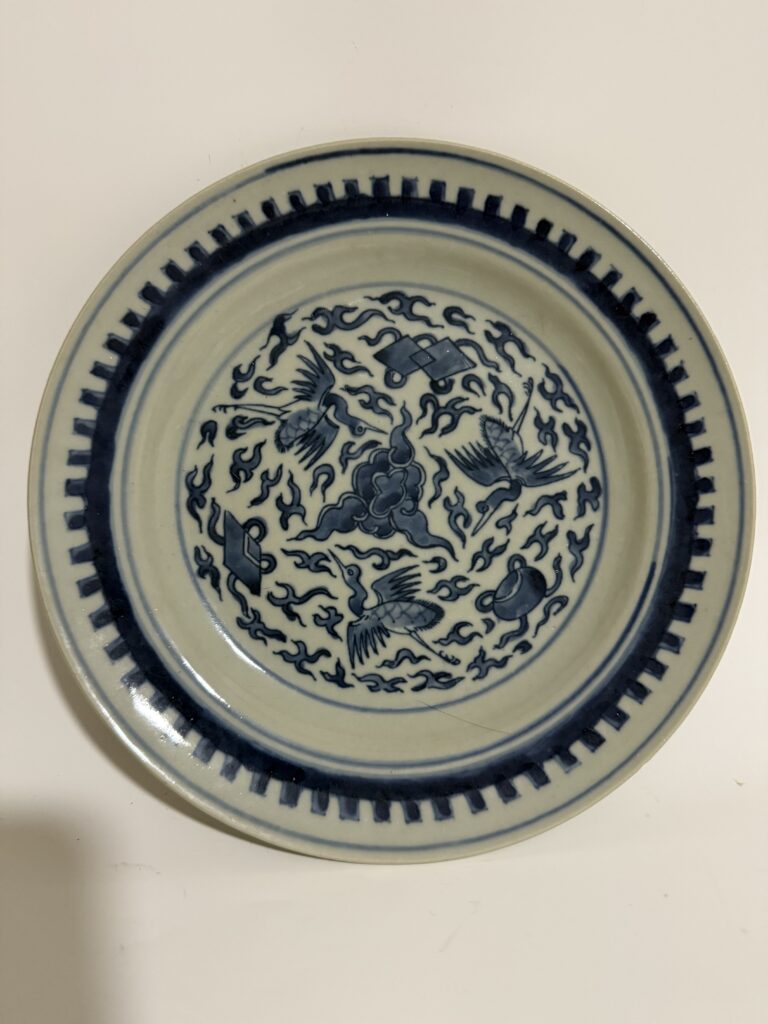
清早期青花盤|仙鶴八寶紋|傳統手工繪製青花瓷
【產品概述】
本品為清早期青花盤,以傳統青花瓷工藝製成,盤面主飾仙鶴與八寶紋,邊沿輔以幾何紋飾,整體風格典雅端莊,體現清代早期青花瓷器的經典審美與文化內涵。瓷質細膩,釉面溫潤,青花发色濃艷沉穩,繪工流暢細緻,是研究清代早期陶瓷藝術與民俗文化的實物見證,亦適合作為東方古董收藏或文化空間陳設。
【工藝特點】
-
胎釉質地:採用高品質瓷土,胎體堅實細密,釉面呈典型清代早期「亮青釉」特徵,白中泛青,潤澤透亮,經久耐看。
-
青花工藝:運用傳統釉下彩技術,以氧化鈷料繪製圖案,入窯高溫一次燒成。青花色彩深淺層次分明,線條勾勒有力,暈染自然,展現當時成熟的青花繪製技藝。
-
器型設計:盤型規整,口沿圓潤,淺腹平底,器身比例協調,兼具實用性與觀賞性,體現清代早期民窯或地方窯口的穩重工藝水準。
【紋飾寓意】
-
仙鶴紋:盤心繪有多隻仙鶴,或展翅飛翔,或引頸高歌,姿態生動。仙鶴為中國傳統祥瑞之鳥,象徵長壽、吉祥與高雅,常見於歷代宮廷與民間工藝品,寓意「鶴壽延年」「鶴鳴九皋」。
-
八寶紋:仙鶴間點綴傳統八吉祥紋(簡稱「八寶」),紋樣精美,與仙鶴相互映襯。八寶紋源於佛教文化,代表吉祥、智慧與圓滿,體現清代早期宗教與民俗文化的融合。
-
邊沿紋飾:盤沿飾以規則幾何紋,線條排列整齊,與盤心的靈動圖案形成對比,增添層次感與穩重感。
【歷史背景】
清代早期(順治至康熙年間)是中國青花瓷發展的重要時期,此時期青花瓷器在繼承明代傳統的基礎上不斷創新,無論是胎釉品質、青花发色還是繪畫風格,均形成獨具特色的時代風貌。本品所呈現的仙鶴八寶題材,反映了當時社會對吉祥文化的崇尚,以及民間工藝與宗教藝術的結合,具有鮮明的時代烙印。
【收藏與陳設】
-
收藏價值:作為清早期青花瓷實物,本品承載了清代陶瓷藝術與民俗文化信息,具有較高的歷史研究價值與藝術欣賞價值,是東方古董收藏領域的經典題材。
-
空間陳設:適用於書房、客廳、博物館陳列等場所,可單獨陳設於博古架,或搭配同類青花瓷組成系列展示,為空間增添濃郁的中國傳統文化氣息。
【注意事項】
-
本品為清代早期古董瓷器,請避免劇烈碰撞或劇烈溫差變化,以防損壞。
-
日常清潔建議以軟布輕輕擦拭,避免使用化學清潔劑。
-
如需詳細尺寸或更多高清圖片,歡迎聯繫客服諮詢。
VirtuCasa——連接東方文化與世界收藏的橋樑

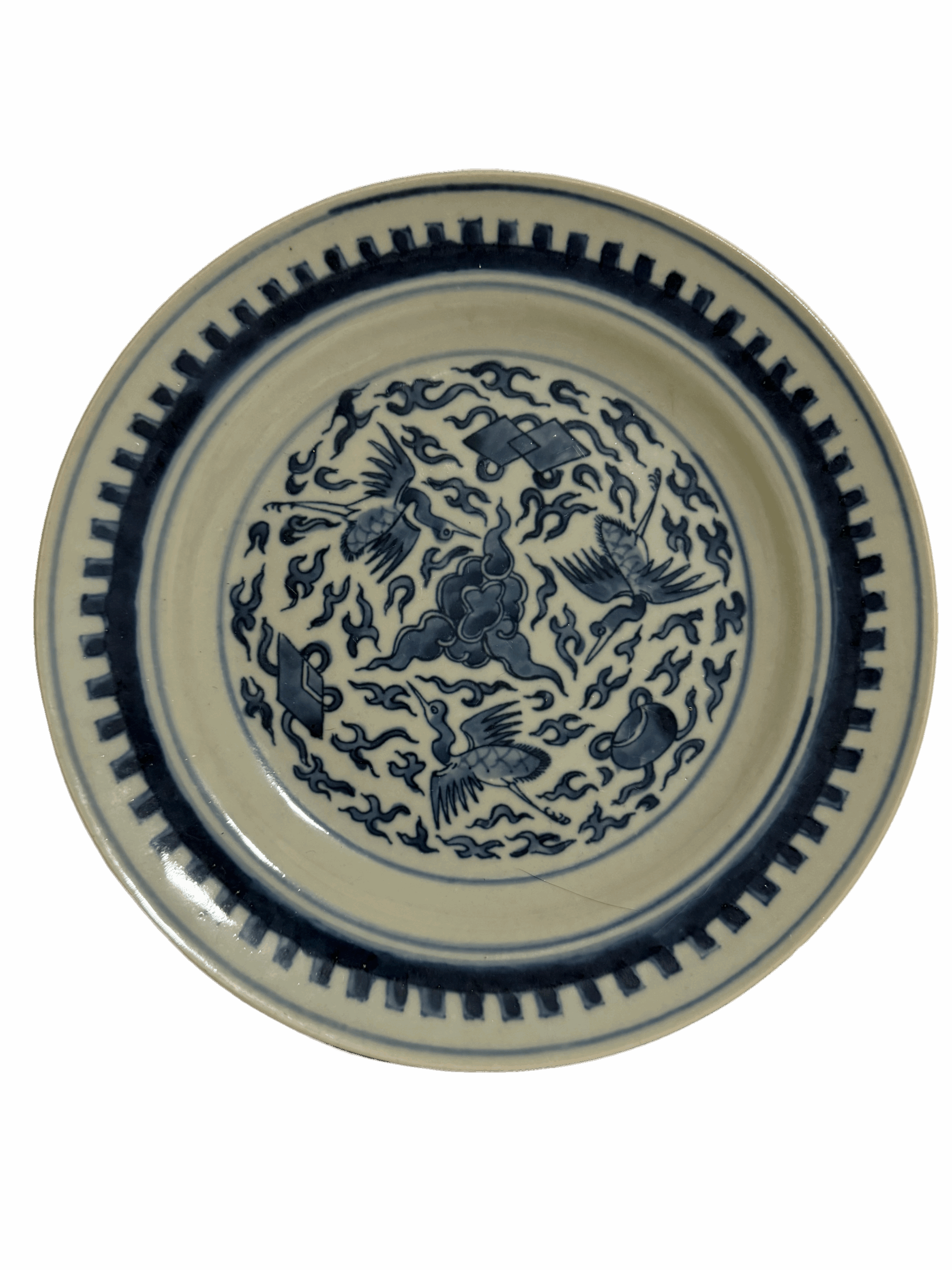
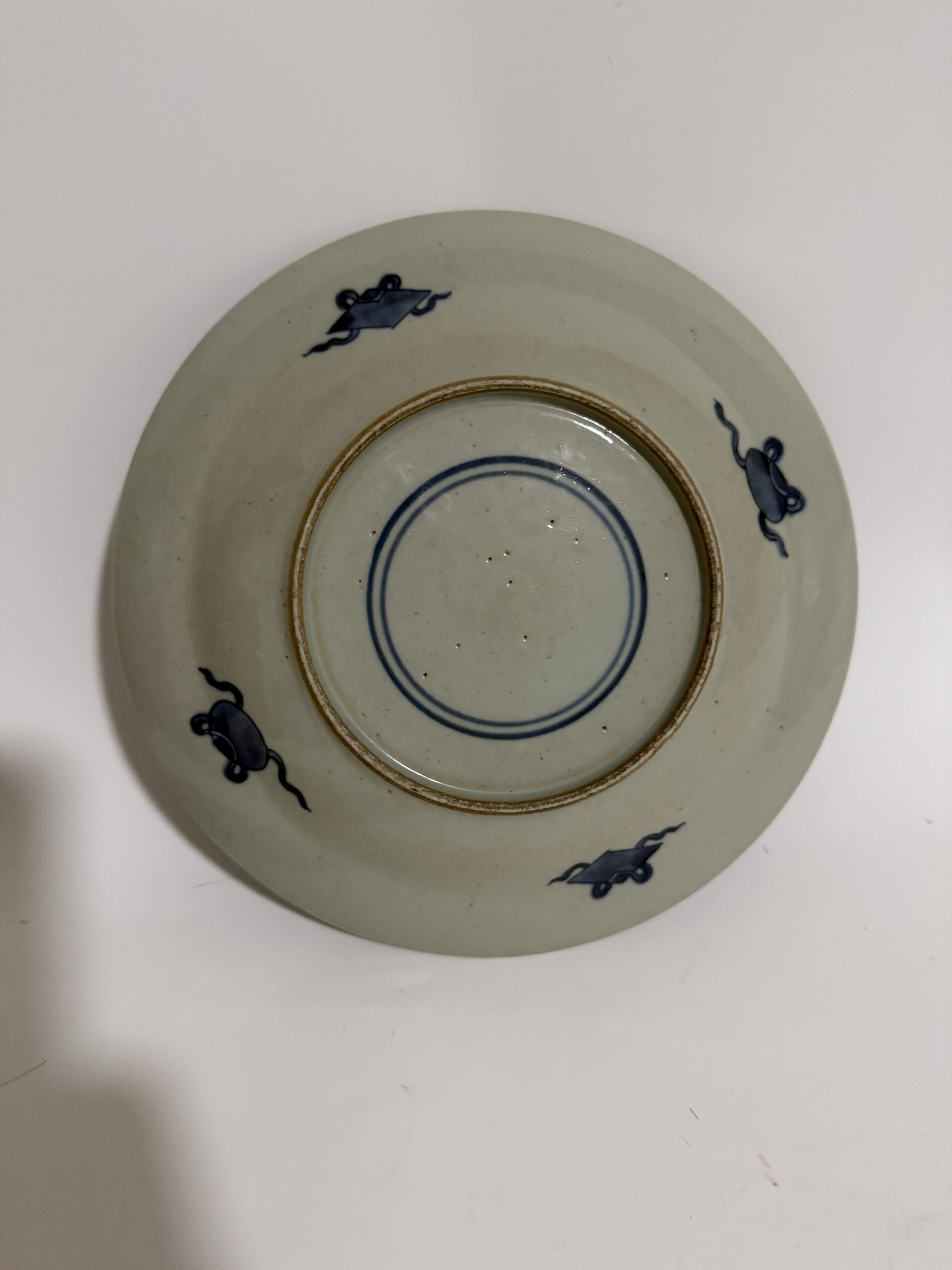
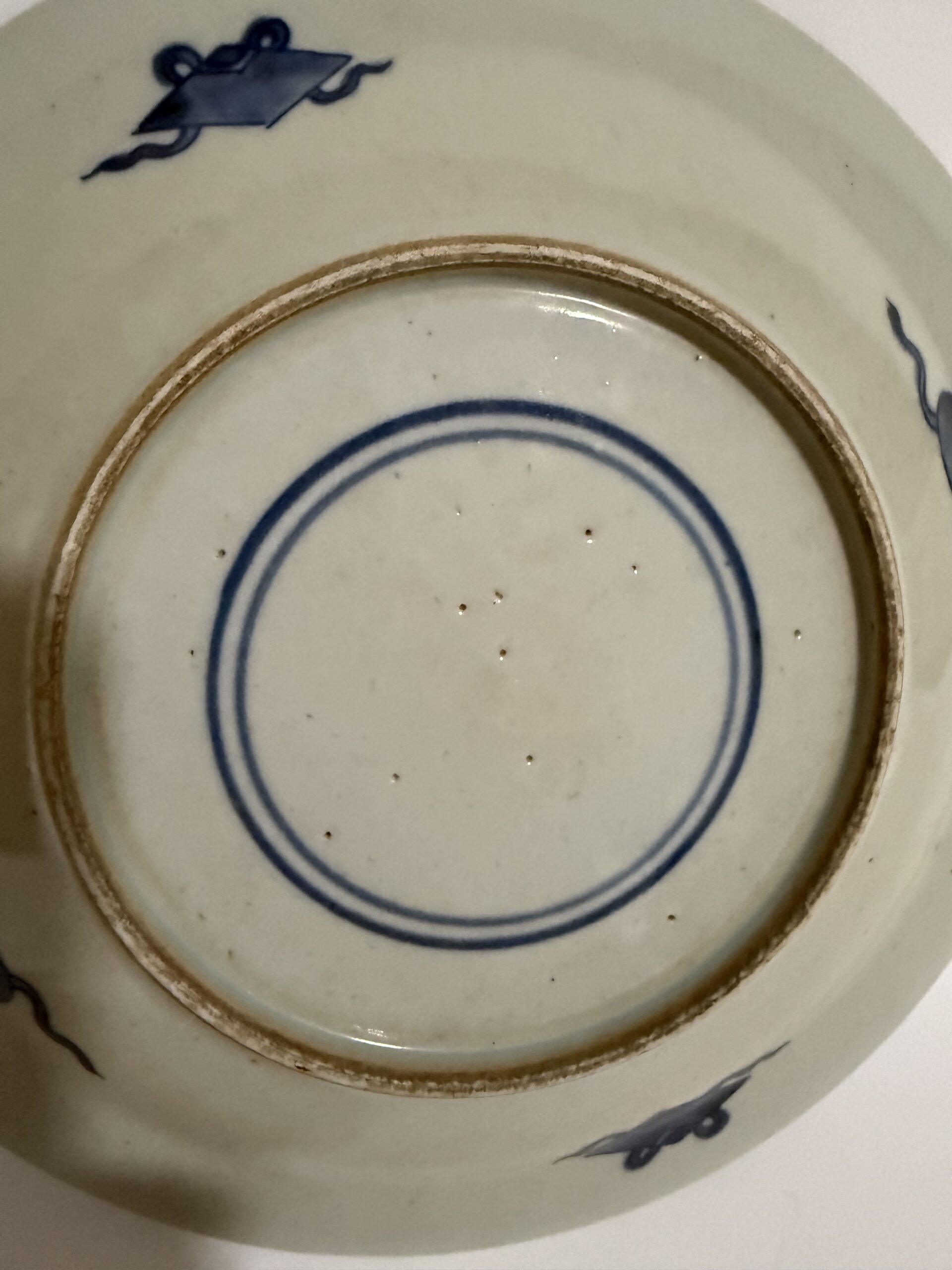
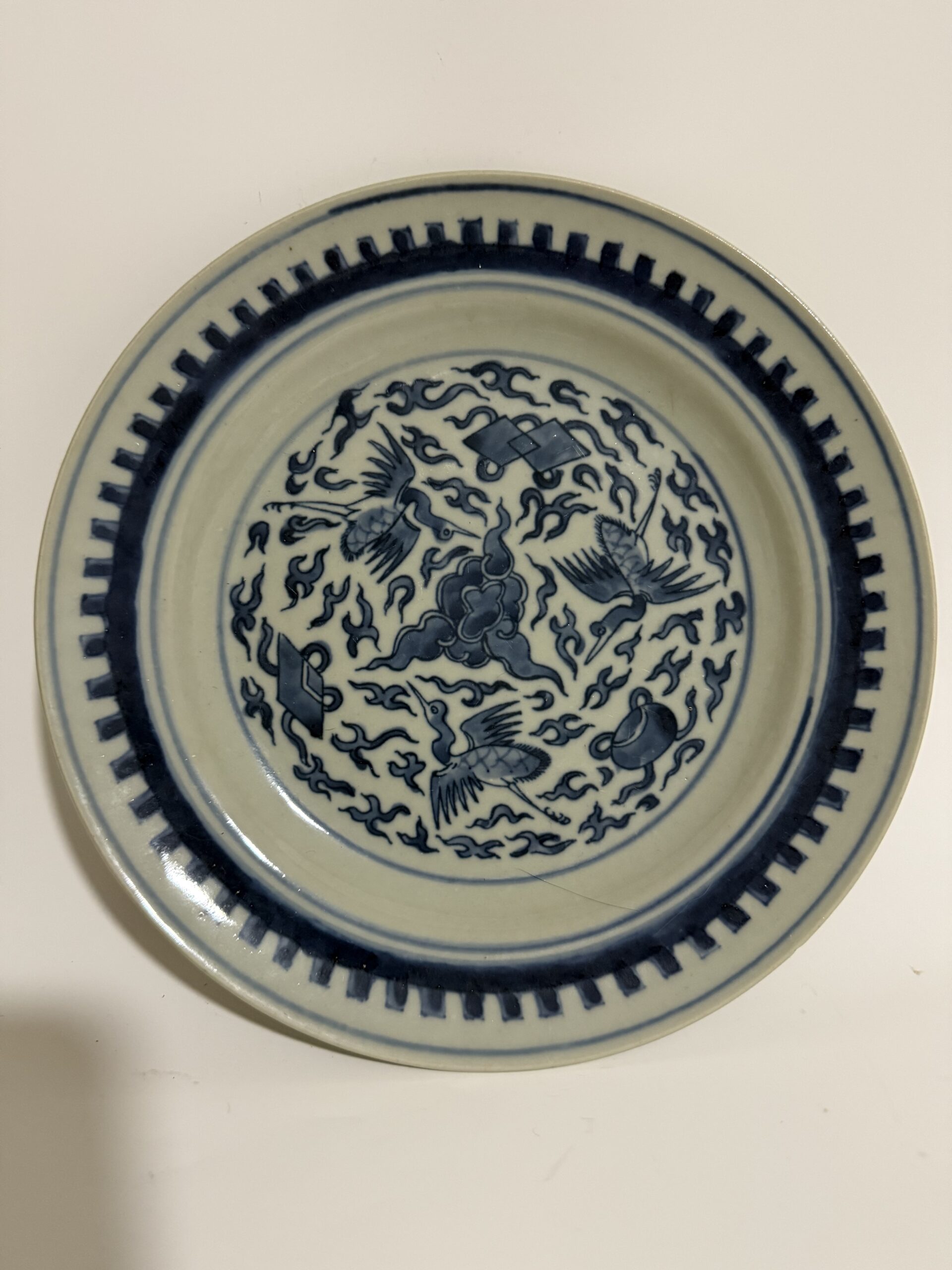

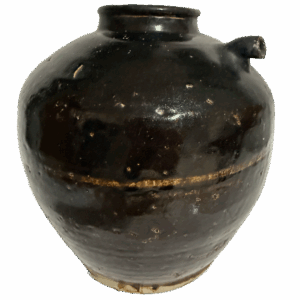
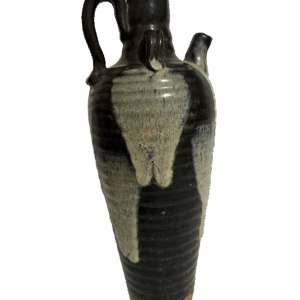
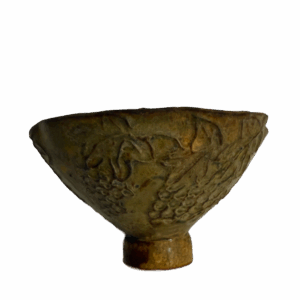
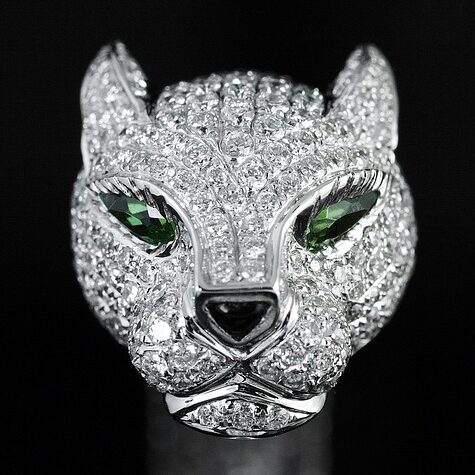
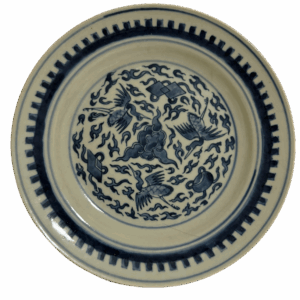
Reviews
There are no reviews yet.